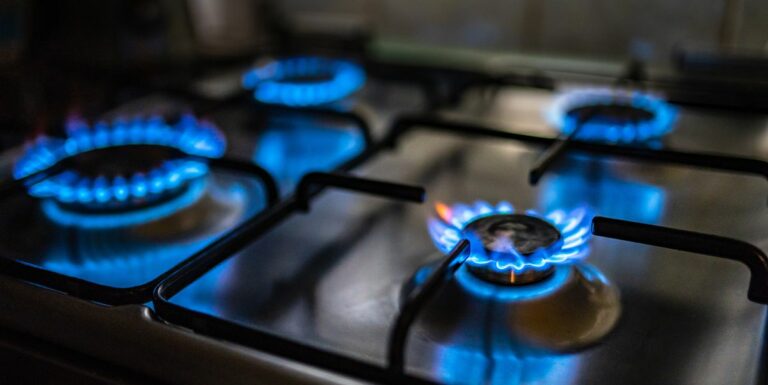Louisiana’s Calcasieu Pass Continues to Power Europe with Natural Gas
America’s robust energy industry is helping to keep Europe powered with affordable and reliable electricity, primarily through natural gas. Our country’s exports of natural gas, in liquid form, have exponentially increased over the past several years, with 60 percent of all LNG exports going directly to Europe during the first nine months of 2022. Much of this energy has been used to offset Europe’s reliance on Russian fuel due to Putin’s invasion into Ukraine.
Today, America’s energy industry has reached another important milestone as Germany has welcomed its first liquified natural gas (LNG) carrier at the new Wilhelmshaven Terminal, which is located along the country’s Atlantic Coast. According to Oilprice.com, the ship was loaded with American LNG at the Calcasieu Pass export facility owned by Venture Global in the United States, which has grown to be one of the most important export areas in the nation.
The Calcasieu Pass facility will be an important source of clean, reliable energy for Germany as it looks to reduce its reliance on Russian gas and transition to a more sustainable energy mix. By increasing its use of LNG from the United States and other countries, Germany will not only be able to diversify its energy sources, but also reduce its carbon emissions and move closer to its climate goals.
Russia has been a major supplier of natural gas to Germany, but the country has been looking to diversify its sources of energy in recent years. The construction of the Wilhelmshaven Terminal, and the arrival of LNG carriers like the Maria Energy tanker, which was fully loaded with around 170,000 cubic meters of LNG, or 97,147,000 cubic meters of natural gas, is enough to supply around 50,000 German households with energy for one year, according to the Wilhelmshaven Terminal.
The article also notes Europe’s initial hesitancy to support the construction of new LNG terminals, but once Russia’s war began, many countries “hastened to bring forward or dust off plans to build floating LNG terminals to have enough regasification capacity to replace the lost volumes of Russian pipeline gas.” However, as GAIN has noted in the past, the United States’ export facilities appear to be at capacity and the country will need to continue to build more export terminals to meet foreign demand in the years ahead.


